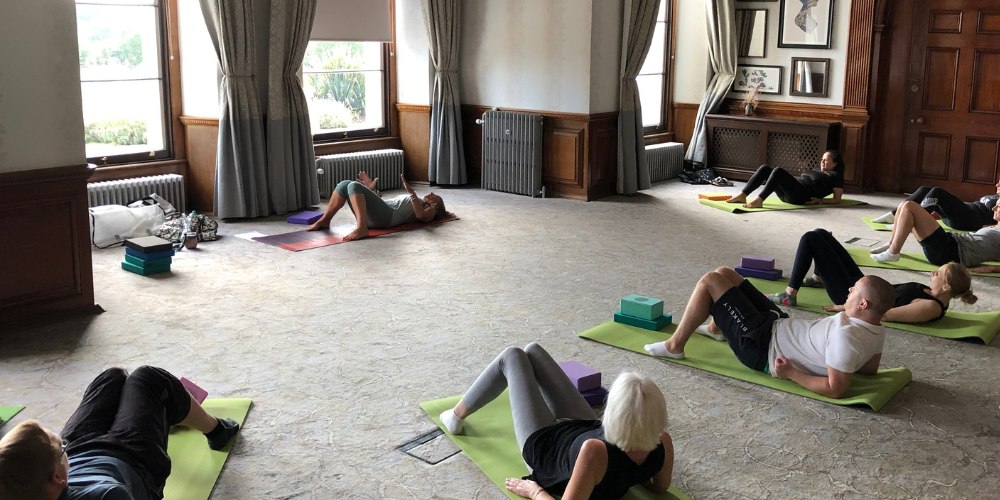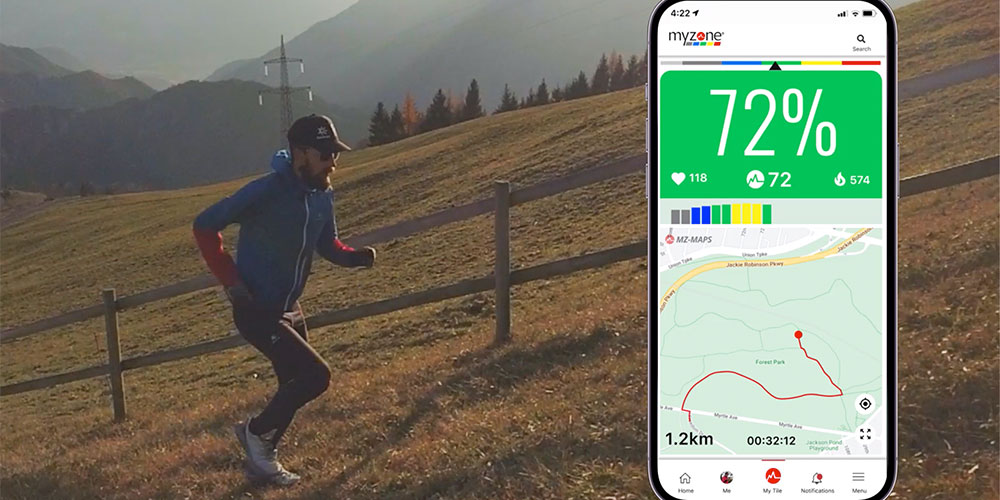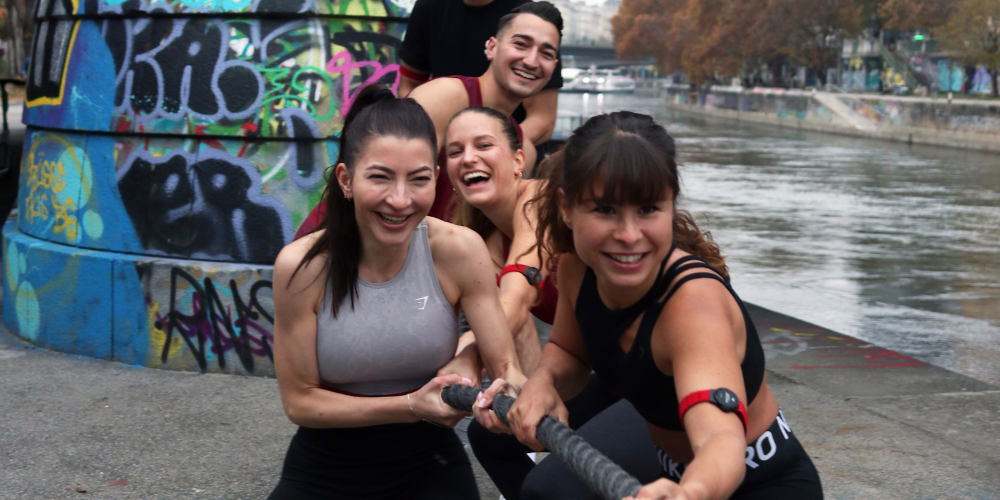Gym member tips to change how you think about habits and consistency
For every gym member and fitness convert, what’s been the best way to stay on top of exercise goals? Consistency. But how can we inspire more people to make that first step?
Instilling positive change for the masses is much more about what happens outside of the gym, rather than the great amounts of effort put in on treadmills, in the weights area, and in HIIT classes.
Below, we explore habit-making and habit-breaking, building lasting fitness habits by evolving behaviour patterns for lifestyle improvements.
The importance of 1% improvements
While research has shown that Myzone boosts effort and motivation, the same needs in wellbeing can be found at the top levels of performance as at the start of any individual’s fitness journey.
We can’t change the behaviour of anyone, even ourselves, in one fell swoop. So many people struggle with inactivity, weight, and fitness challenges, because of exactly that reason.
Making the small, incremental positive changes not only gets you to your goal – at whatever level that may be – but every step along the way is an achievable step along the road to success.

These less chunky goals, such as status levels through earning Myzone Effort Points (MEPs), focus the mind. Hall of Fame Myzone status comes much more quickly when you’re breaking down smaller time barriers on the way, rather than thinking “I want to work out regularly for four years” from your starting point.
The Habit Loop by James Clear
James Clear is the king of habit chat. His insights into how our identities are rooted in the behaviours we repeat, and the importance of consistency have made the difference to millions of people around the world.
Expanding on Charles Duhigg’s The Power of Habit, James has identified four steps that drive behaviour change. These are:
- Cue – the trigger that initiates the habit
- Craving – the motivation behind the habit
- Response – the action or habit itself
- Outcome – the trigger that initiates the habit
It’s understanding these elements that instils the intent to make or break a habit, and it’s these elements that can be acted upon to make behaviour change that lasts.
"The first mistake is never the one that ruins you,” explains James. “It is the spiral of repeated mistakes that follows. Missing once is an accident.
“Missing twice is the start of a new habit."
Getting started with the two-minute rule
Starting small, such as the example above of preparing gym clothes in advance of leaving for the gym, removes friction to achieving your goals. James also bolsters that benefit with his simple approach of James Clear’s two-minute rule.
The idea behind this is that the new habit or behaviour shift should start out so easy that it makes it hard not to continue. In the case of exercise and physical activity, it could simply be to walk for two minutes. Lowering the barrier to entry like this creates fewer excuses not to get things done.
Why we need to break habits before making them
Psychiatrist and co-founder of the mental health coaching company, Healthy Gamer, Dr Alok Kanojia spoke to Steven Bartlett on the Diary of a CEO podcast about living and responding in the moment, and taking yourself away from the pressures of goal setting.
The conversation moved on to how to break a habit, which is not only important in overcoming lifestyle challenges, but also in understanding how the brain works with habitual activities in the first place. Understanding how to make positive habits and how to break negative ones is a balance that's worth exploring further in fitness.
Drivers towards negative traits or behaviours, and how mindfulness and living in the present, are the most effective ways of overcoming negative habits. In particular, Dr Kanojia commented on asking yourself difficult questions such as “why is this easy for me and why is this hard for me?”
While he specialises in the fields of helping with modern stressors, such as social media and online dating, Dr Kanojia’s insights and advice is transferable to fitness and wellbeing habits, especially when it comes to breaking negative behaviour traits.
“Change cannot happen while you’re blind,” explains Dr Kanojia. “And good diagnosis precedes good treatment.
“A habit is automatic. That’s what makes it a habit. That’s why we love habits. Why is everyone so obsessed with habits? Because, if it’s a habit, then it happens automatically. If it’s a habit, I don’t have to work hard. I want to programme myself so I can be lazy. All you need to do to demolish a habit, is practise awareness.
“The habit circuitry in your brain is the endocannabinoid system; awareness of the present moment is your anterior cingulate cortex and your frontal lobes. You cannot have a habit and exert willpower at the same time – that’s the whole point of a habit.”
Smaller steps to bigger success
As we become aware of areas in life that need discipline, whether it’s too many biscuits or not enough movement, we can combine breaking habits with making new ones that lead you on a more constructive path. If gym operators can instil this mindset in their members and their communities, we can take positive steps as an industry in driving change that sticks.
In short, it’s less about the habit being “work hard in the gym.” That takes willpower and, by Dr Kanojia’s definition, can not be a habit. However, combining discipline with a created habit of leaving your gym kit by the front door for the morning? Stacking behaviour nudges such as this will have future you saying thanks, and looking back on all the progress made.
The secret to getting more people active in the gym is to help them take the smaller steps to getting through the door in the first place.
Find out how your gym can influence behaviour to keep more people moving for longer relationships and healthier communities – get in touch.
Share this
You May Also Like
These Related Stories

Gladstone is creating a new culture that's driving employee happiness

GPS tracker and heart rate monitor combined: this is MZ-Maps


